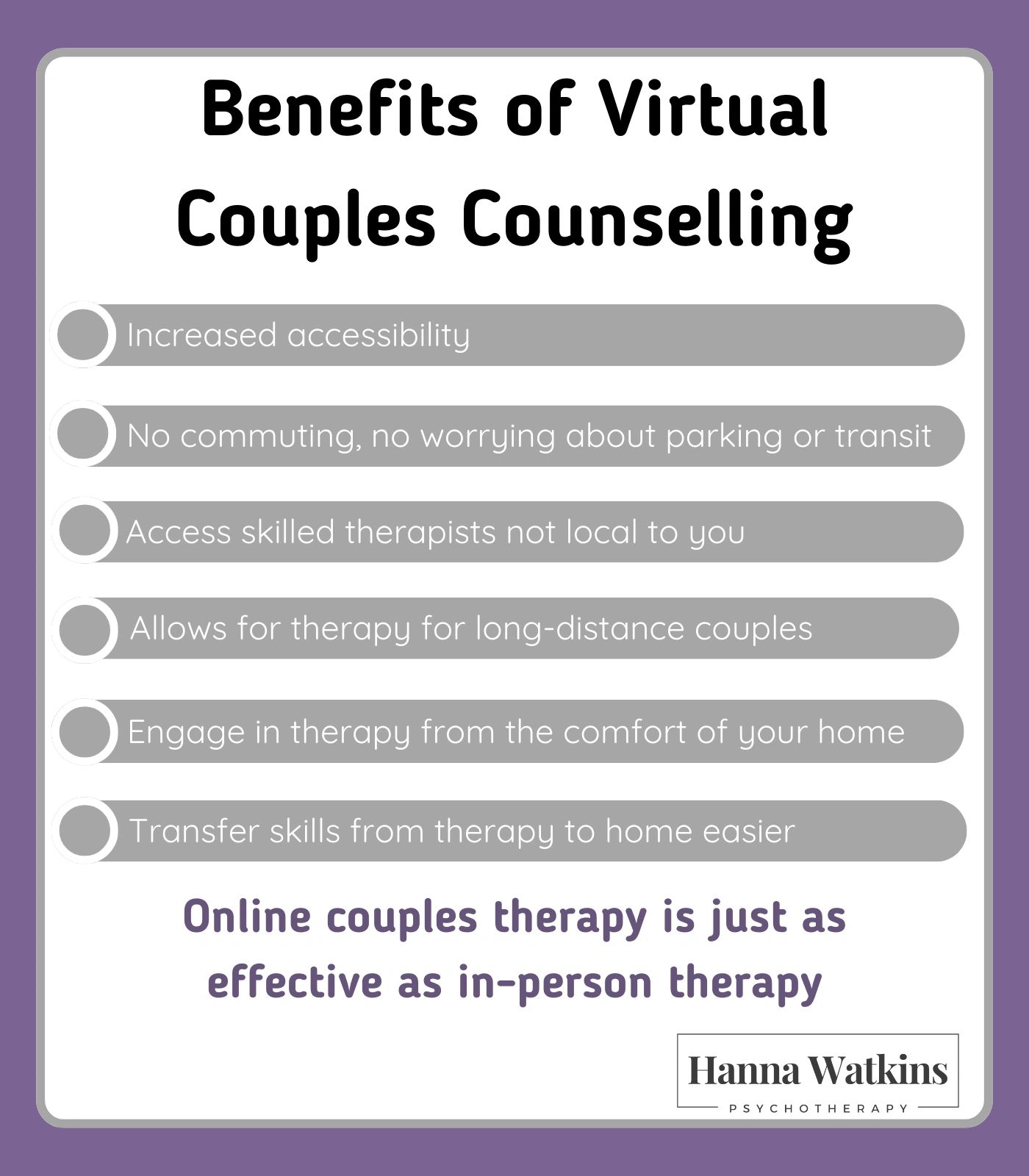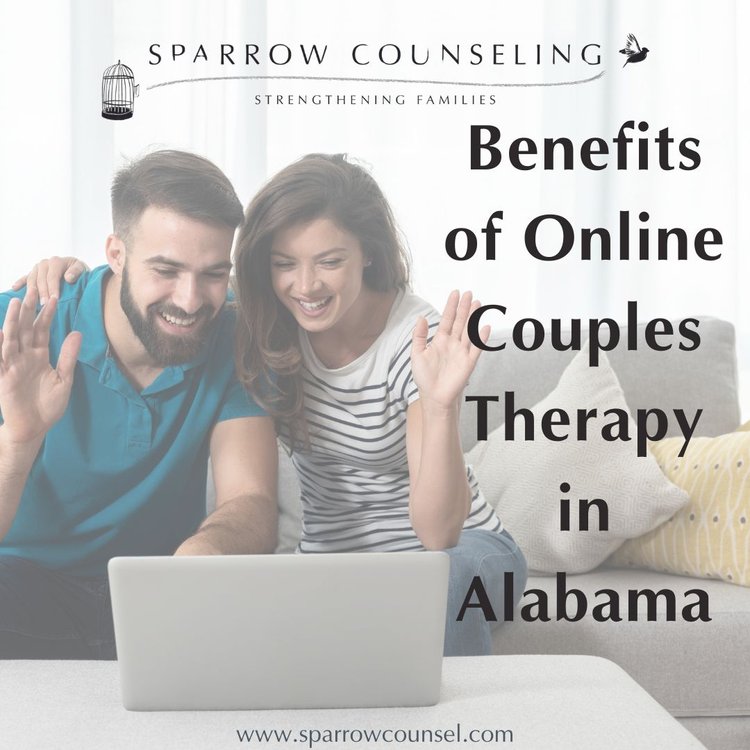Not known Facts About Aim Point Counseling
Not known Facts About Aim Point Counseling
Blog Article
The Best Guide To Aim Point Counseling
Table of ContentsThe 10-Second Trick For Aim Point Counseling3 Simple Techniques For Aim Point CounselingAim Point Counseling - TruthsAim Point Counseling Fundamentals ExplainedThe 6-Second Trick For Aim Point CounselingAn Unbiased View of Aim Point Counseling
The longitudinal design includes a pre-treatment study and two follow-up studies at 3- and 12-months post-intervention. The research is embeded in 8 Relationships Australia Victoria centres, throughout municipal, outer residential areas, and regional/rural sites. Relationships Australia, a non-government organisation, is the largest provider of couple counselling and relationship solutions in Australia.
These high rates of relationship malfunction have been continually linked with adverse health consequences for both grownups and youngsters adhering to divorce/separation.
Rumored Buzz on Aim Point Counseling
The effects of separation and splitting up can be destructive, research study suggests that high partnership disharmony in undamaged pairs is also most likely to have unfavorable end results.
Study to day has actually determined both couple and private variables that might contribute to partnership dissonance. These include connection fulfillment and dedication at the couple level, and depression at the individual degree.
Aim Point Counseling Fundamentals Explained
Partnership contentment has actually been the most typical outcome variable identified in even more than 200 assessments of pair therapy [11,12] Studies have actually found substantial renovations in partnership complete satisfaction from pre- to post-treatment [13,14] and throughout one to two years complying with counselling [15] In these researches, connection complete satisfaction was most frequently analyzed using the Dyadic Change Scale (DAS) [16] While the majority of studies indicate improvements in relationship complete satisfaction complying with couple counselling, they are restricted by the examples and actions made use of, greatly temporary follow-up time structures, and evaluations that do not account for the dyadic nature of couple information., is an additional generally investigated relationship outcome.
To sum up, study shows that couple-specific variables in addition to specific variables may anticipate the results of couple therapy and connection services. The causal instructions of these partnerships, nevertheless, is less clear. These monitorings are very important, given that, to validate and direct the application of relationship services such as pair coaching, empirical evidence must check out both the end results of partnership solutions and the elements that predict effective treatment.
Therefore, there is an expanding consensus that efficacy researches should be matched by effectiveness study to best notify medical technique [ 29] The minimal effectiveness study that exists to date recommends that couple counselling can boost results such as relationship complete satisfaction [33,43], interaction skills and general health [44], at least in some European nations.

We currently understand little concerning the profiles of couples who choose connection education contrasted with those that seek relationship coaching, or the results of these programs. Nevertheless, anecdotal proof recommends that there might be substantial distress among at the very least some pairs looking for partnership education and learning. Partnership education and learning programs vary from pair coaching as they are commonly highly structured, performed in teams, and concentrate on a mixture of four components; awareness, feedback, cognitive change, and skills training [45]
Aim Point Counseling for Beginners
Feedback includes individuals completing questionnaires about their connection (e.g. measures of interpersonal troubles), and receiving info on what their ratings indicate. Cognitive-behavioural methods advertise changing cognitions to help with positive connections.
These meta-analyses highlight limitations in the current literature on relationship education and learning. This example profile may not represent clients who normally offer for partnership education and learning.
3 Easy Facts About Aim Point Counseling Shown

Very little research has actually checked out the comparative advantages of pair therapy and connection education programs. As customers are most likely to self-select into these service kinds, it is unclear whether characteristic partnership distress accounts present per service kind, or indeed whether there is an interaction in between offering account, service kind and end result.
(https://www.easel.ly/browserEasel/14564168)
Hence, we have consisted of a 12-month follow-up to assess longer-term trends and impacts.
As a result, we propose to utilise multi-level statistical modelling procedures that regulate for the inter-dependence of couple information to evaluate any kind of treatment results. The details objectives of the ECC research study are to: 1. Map accounts of clients looking for community agency-based couple therapy vs. partnership enhancement programs in regards to socio-demographic and relationship signs (such as partnership contentment, relationship dedication, social problems, and factors for participating in), along with wellness (such as depression, basic wellness) and health solution use (eg.
Determine whether pair counselling and partnership education solutions enhance three- and twelve-month end results for partnership complete satisfaction, dedication, and depression, utilizing statistical analyses proper to couple information. why not find out more trauma counseling. Determine the family member contributions of customer aspects (private and pair) and therapy/education aspects to end results at 3- and 12-months, and to sustainability of end results over time.
See This Report about Aim Point Counseling
Multi-level modelling to determine pre-post distinctions, regulating for dyadic (pair) level. To contribute to the literary works examining the performance of community-based couple coaching.
Report this page